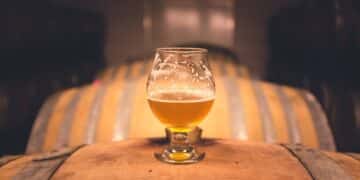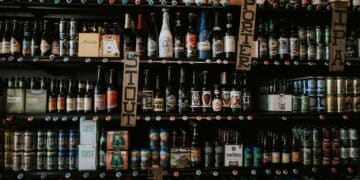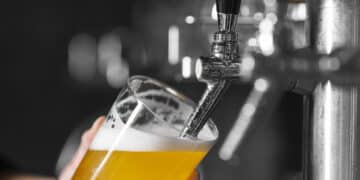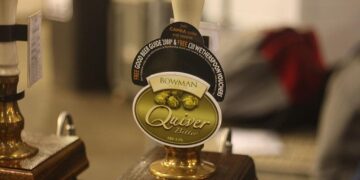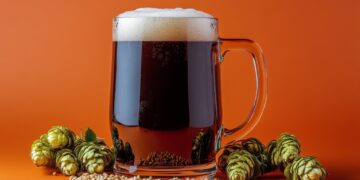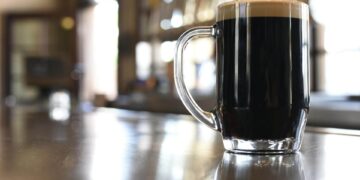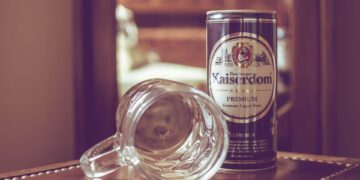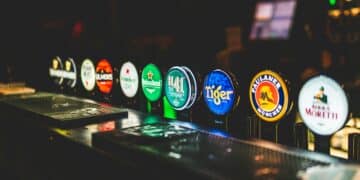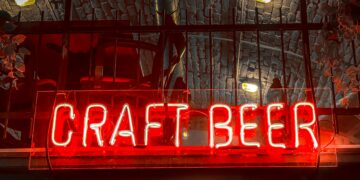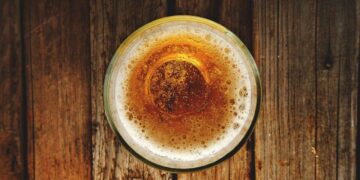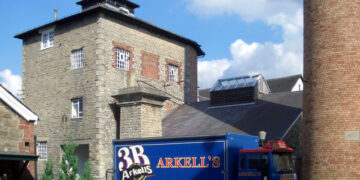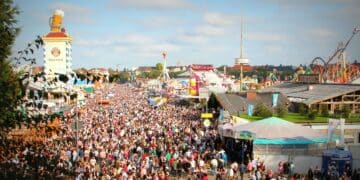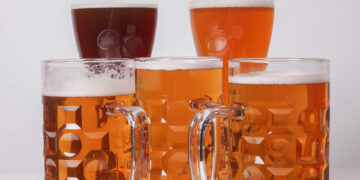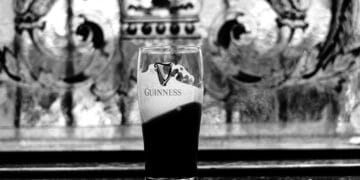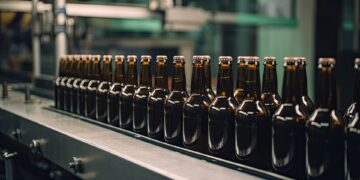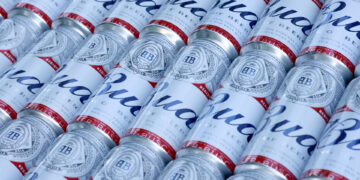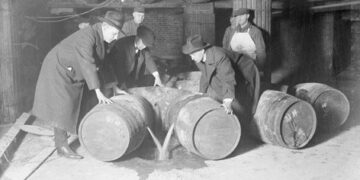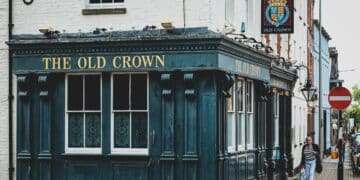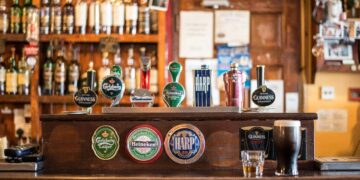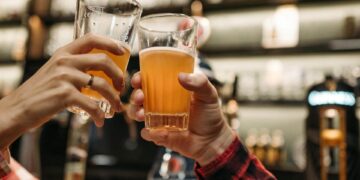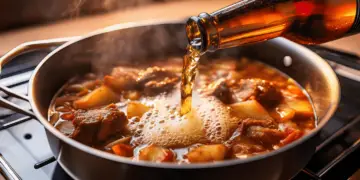Real Ale is defined as beer that’s still ‘alive’ when it’s served: That is to say, real ale must contain yeast in the barrel, often leaving small yeast residues in the drink itself. Brewing beer in this way makes for a fresher pint, with a stronger mix of flavours. CAMRA (The Campaign for Real Ale) stipulate that, as well as undergoing its secondary fermentation in the container that it is served from, Real Ale must have no extra carbon dioxide injected into it (as is the practice with many mass produced drinks). The presence of yeast in the served drink is by no means essential and preferences vary. At the least, a small yeast presence serves to confirm the authenticity of real ale, whilst some people actually like the strong aftertaste that a yeast residue will leave.
Real Ale – History
Real Ale is not easily traceable to any one point in history. Whilst beer as we know it, produced from hops, barley malt, water and yeast was introduced to Britain in the Middle Ages, Real Ale is a recent term denoting a beers authenticity relating to its origins as an Ale brewed with hops, fermented once in one barrel, and then transferred to another barrel for further fermentation. Any beer produced in this manner is a Real Ale – and they vary widely.
During industrialisation Real Ale became less common as mass production generally excluded the secondary fermentation phase – or artificially enhanced this second phase before transferral to the public house. Whilst this did not always lead to poorer quality beer, real ale enthusiasts argue that real ale generally makes for a better tasting pint. This led to the emergence of campaign groups such as CAMRA, who have successfully encouraged the growth of the real ale industry. These days, it is not at all uncommon to find real ale in your local pub, with many pubs specialising in quality beer.
Real Ale – Real Variety
The mass production of beer, arguably, often leads to drinks being made for a ‘lowest common denominator’ market. That is to say, beers are targeted to suit the highest proportion of tastes possible and, for this reason, are generally outstanding: To appeal to the ‘average’ market, means to produce an ‘average’ beer! Real Ales, often produced in craft breweries are not subject to this same problem, and make their money (the little, admittedly, that they do make) by producing unusual and specialist beers. Here are a few to try:
- London Pride: A staple Ale, brewed in London with rich malty taste and widely available in pubs, supermarkets and off-licences. London Pride, along with ‘ESB’ (English Strong Bitter), Olde Bishop’s Finger, and many, many more represent traditional tasting English ales, that though varying wildly are characterised by the strong taste of malt and hops.
- Summer Rose: Summer Rose is one of several real ales brewed with the addition of petals, giving the finished ale a distinctive perfumed taste.
- Waggledance: Brewed with the addition of honey, this sweet variety of beer has a long tradition; the term ‘honey moon’ arising from a tradition whereby new brides would drink a form of honey beer as an aphrodisiac for one month (or ‘moon’) after their wedding!
- Winter Warmer: Winter warmers are brewed to do just what they say on the label: warm you through the long winger season. Amber in colour, they tend to be of medium strength and have a strong fruity aftertaste.
With Britain now hosting more small breweries per head than any other country in the world, and around 5’000 pubs dedicated to real ale alone, the small-scale real ale industry is rapidly on the rise which, for a beer lover, can never be a bad thing!







